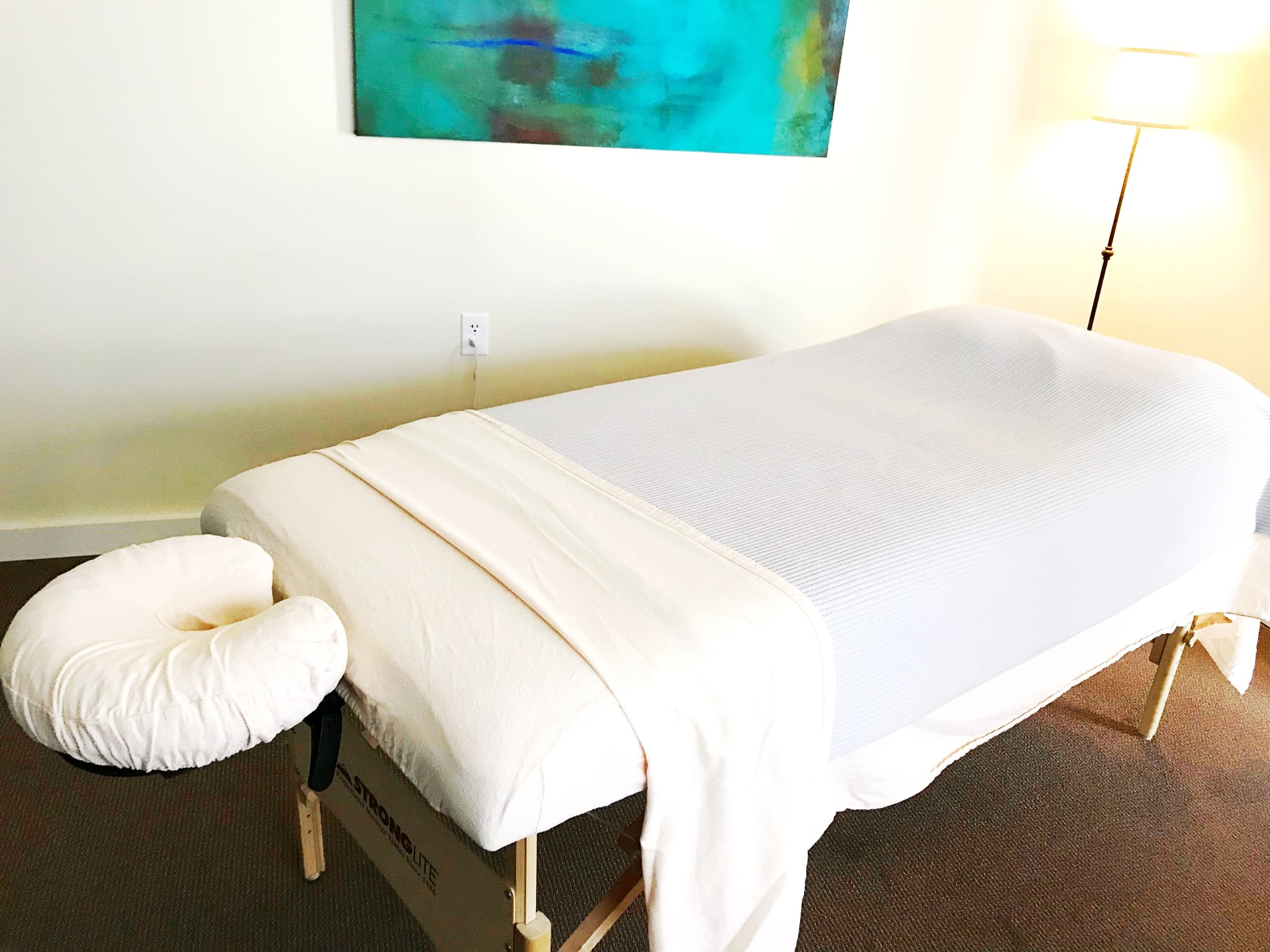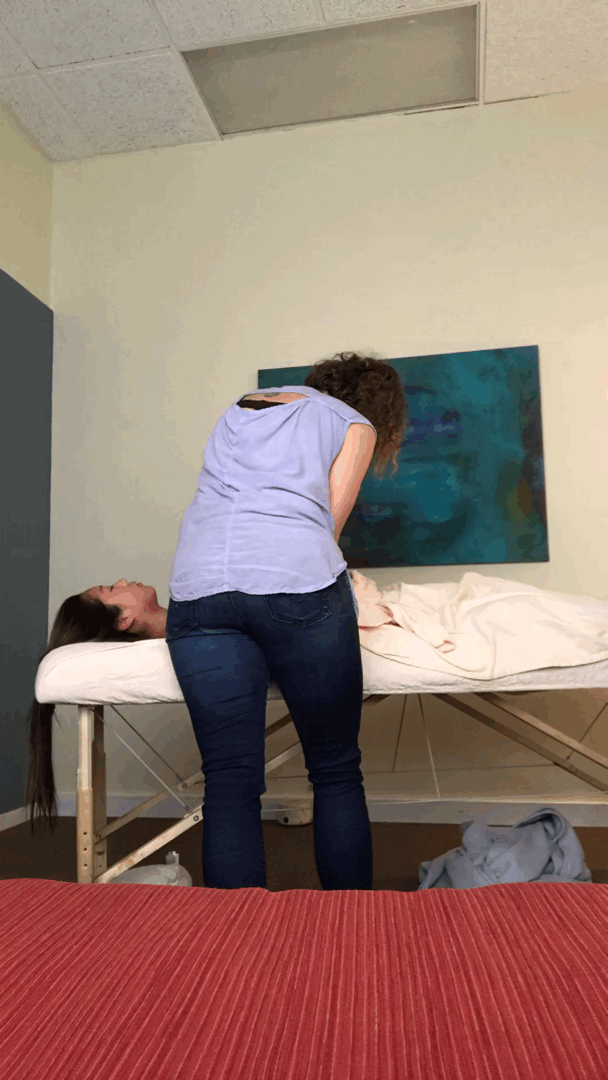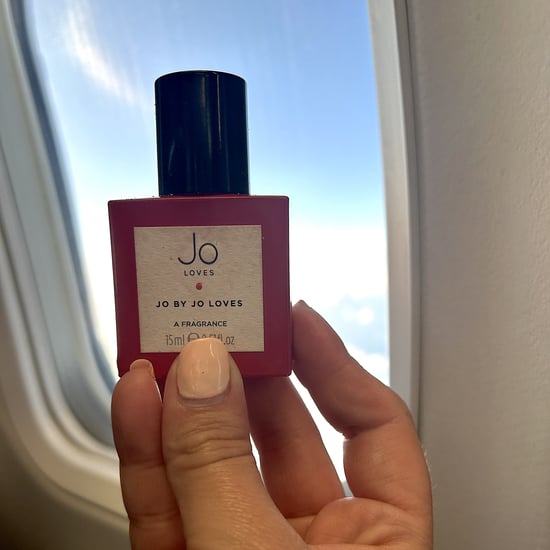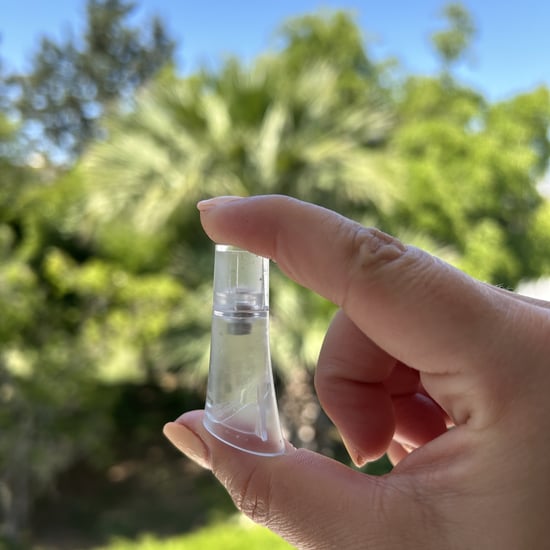What Is Mayan Abdominal Therapy?
If You Have Bad Cramps or Bloating, You May Want to Try Mayan Abdominal Therapy
When we think of hygiene practices, proper oral care and regular showers are probably what come to mind, while massages are considered more of a luxurious splurge. But the ancient technique of abdominal massage was routinely practiced within Mayan culture as a healthcare practice, according to the teachings of the Arvigo Institute. This holistic approach includes massage (in the abdominal and pelvic regions), herbology, and spiritual healing, but its main objective is to increase blood and lymph circulation by repositioning internal organs. Though Mayan abdominal therapy was often practiced to improve female fertility and regulate menses (or the time of menstruation), both sexes may find it helpful in improving digestive or urinary issues, pelvic pain, and reproductive concerns.
I recently received my first treatment at the East West Integrative Medicine Clinic in San Francisco in hopes of making my menstrual cramps more manageable. I was instructed to complete an extensive consultation form beforehand to allow my practitioner, Stephanie, to get a better understanding of my health. After discussing the details of my period (abnormally heavy first-day flow; dark, thick blood; debilitating cramps), I stripped down and lay on the massage table face down. The entire treatment took about an hour, first beginning with back work (with a focus on the lower region), and then finishing with abdominal work.
Stephanie explained how realigning my organs, including my uterus, and relaxing muscular tissue from the outside would help improve circulation and allow for blood to expel more easily at the time of my menstruation. "Just as misalignment in the skeletal system affects the body's function, organ position affects how well the organ is able to perform its function," Stephanie said. "For example, a retroverted uterus (tilting backwards) may cause knee pain due to impingement at the genital-femoral nerve."
Overall, the massage was very relaxing, though there was slight discomfort during the abdominal portion as it requires applying deep pressure on the organs. I also learned that I had noticeable muscular tension in my left pelvis and hip, where I felt most sensitive to Stephanie's techniques. But by the end, my entire body felt completely loose and free of tension from the inside out.
The great part about this treatment is that it includes an educational component as well. Unlike a typical massage, the method is taught during the session so that the client is able to take those techniques home with them. Stephanie taught me a series of self-care massage techniques — which included a lower/upper abdominal pelvis massage and lymphatic strokes — to try the week leading up to my period to improve my cramping and heavy first-day flow. While I won't see results until my next cycle, other clients may see immediate benefits, depending on their complaints.
"This therapy is meant to be practiced regularly at home," Stephanie said. Mayan abdominal therapy should be modified or avoided altogether if you have an IUD, are taking pain medications or other substances, have recently had abdominal surgery, or are within your first 20 weeks of pregnancy. Receiving treatment during your period is also not recommended. As always, it's best to discuss any possible contraindications with your provider first.








